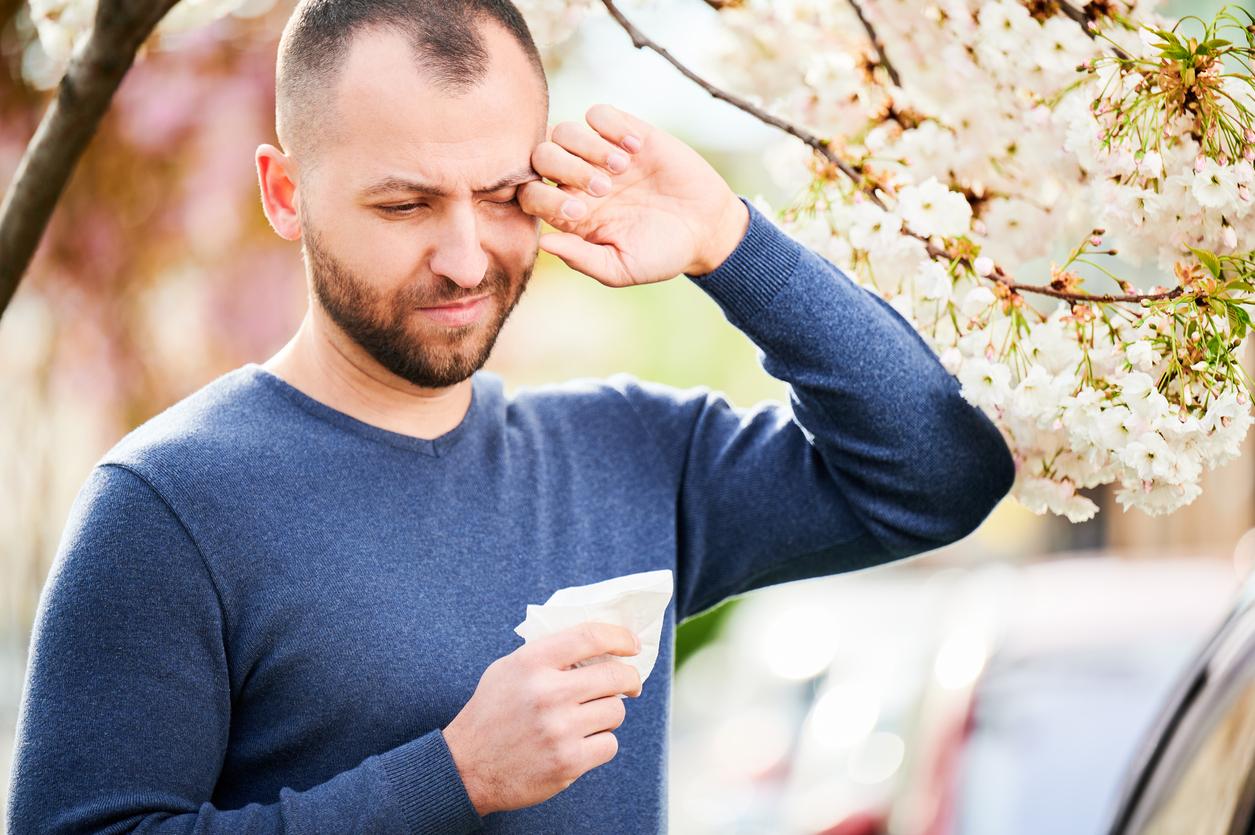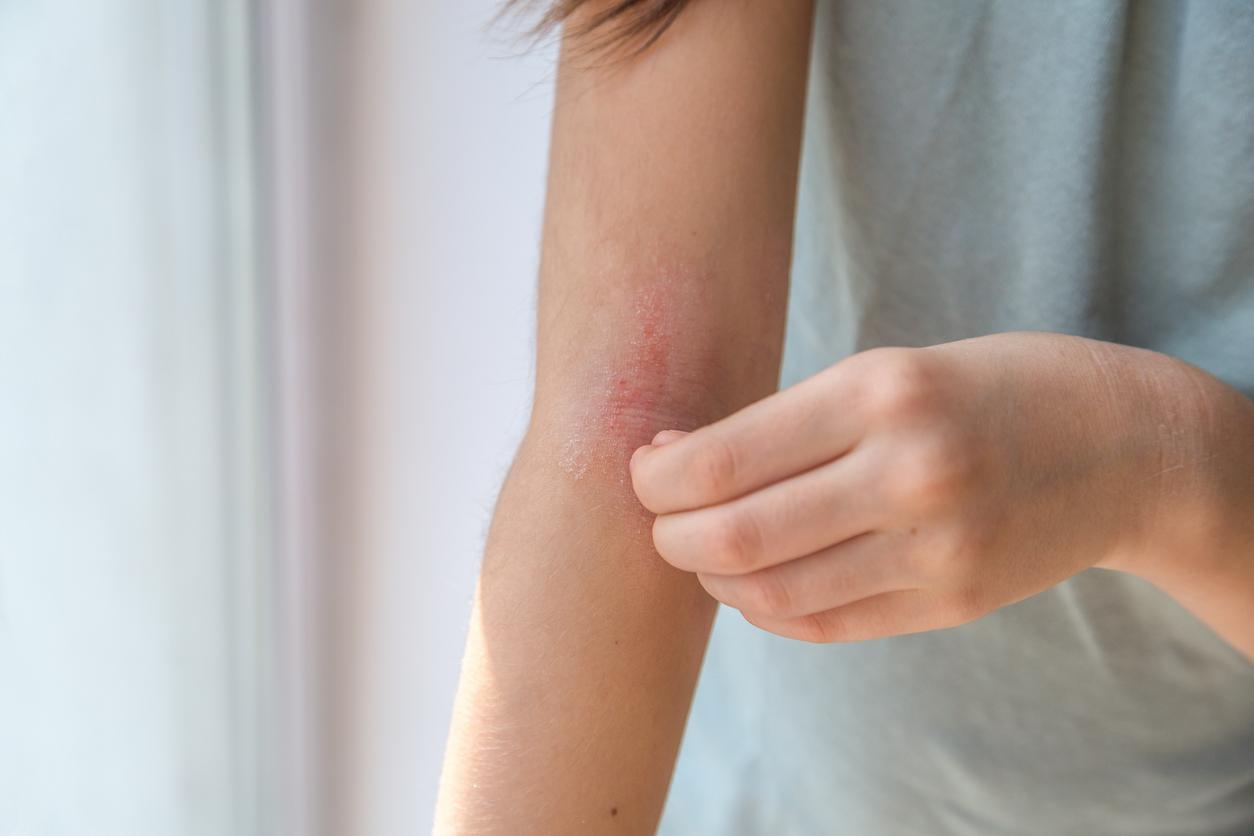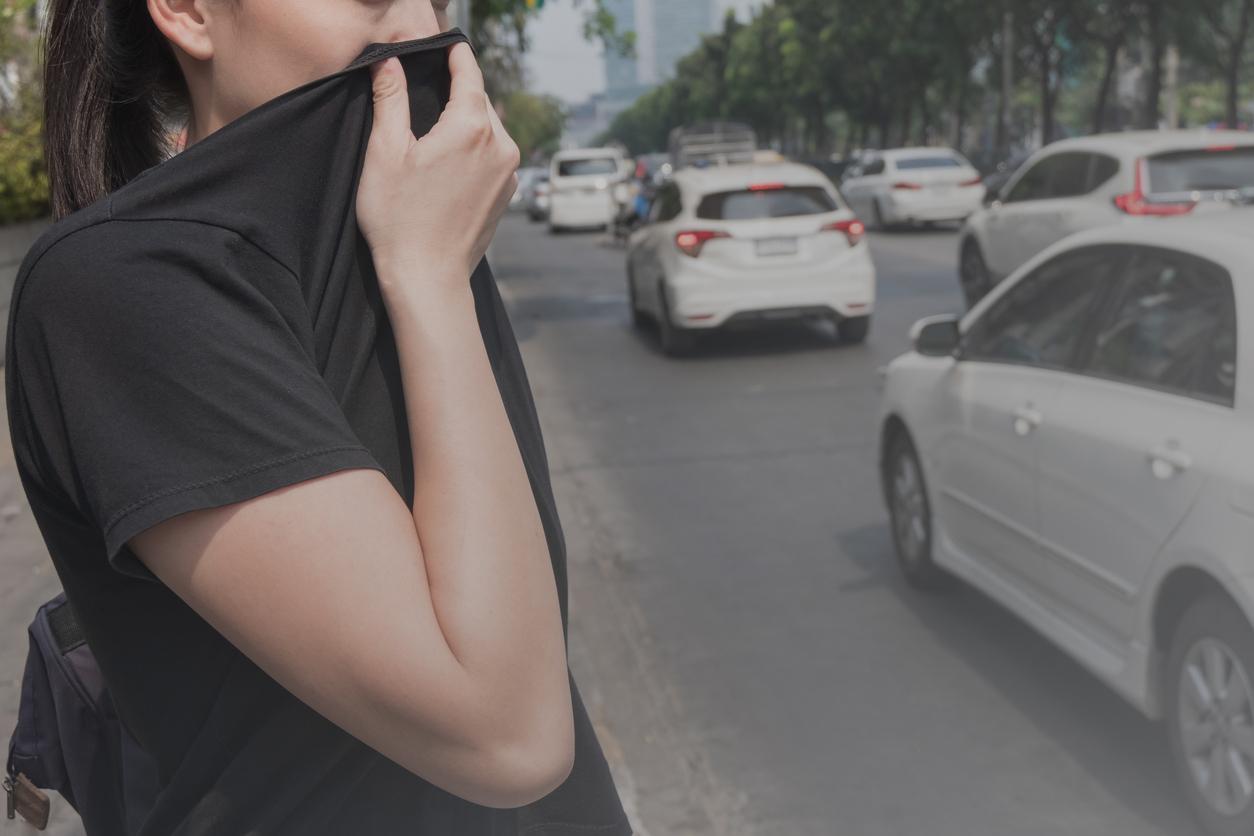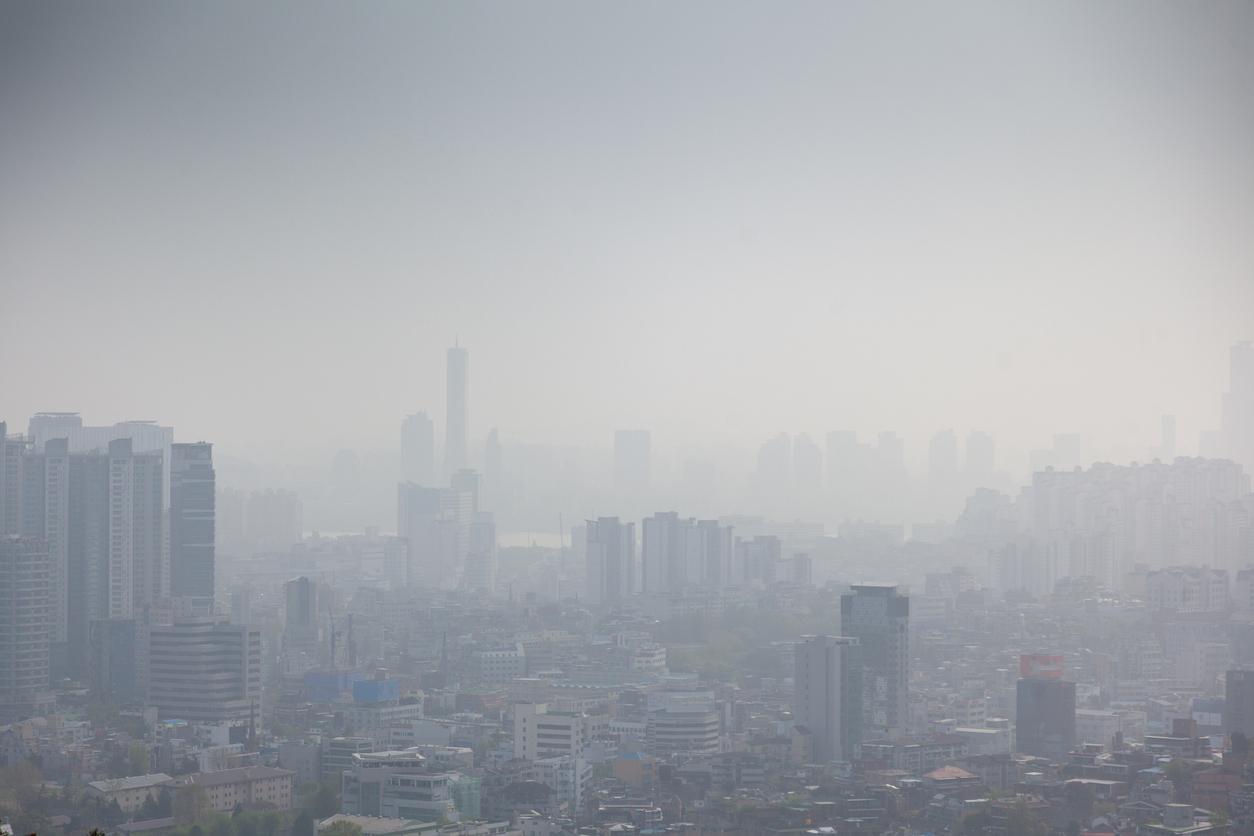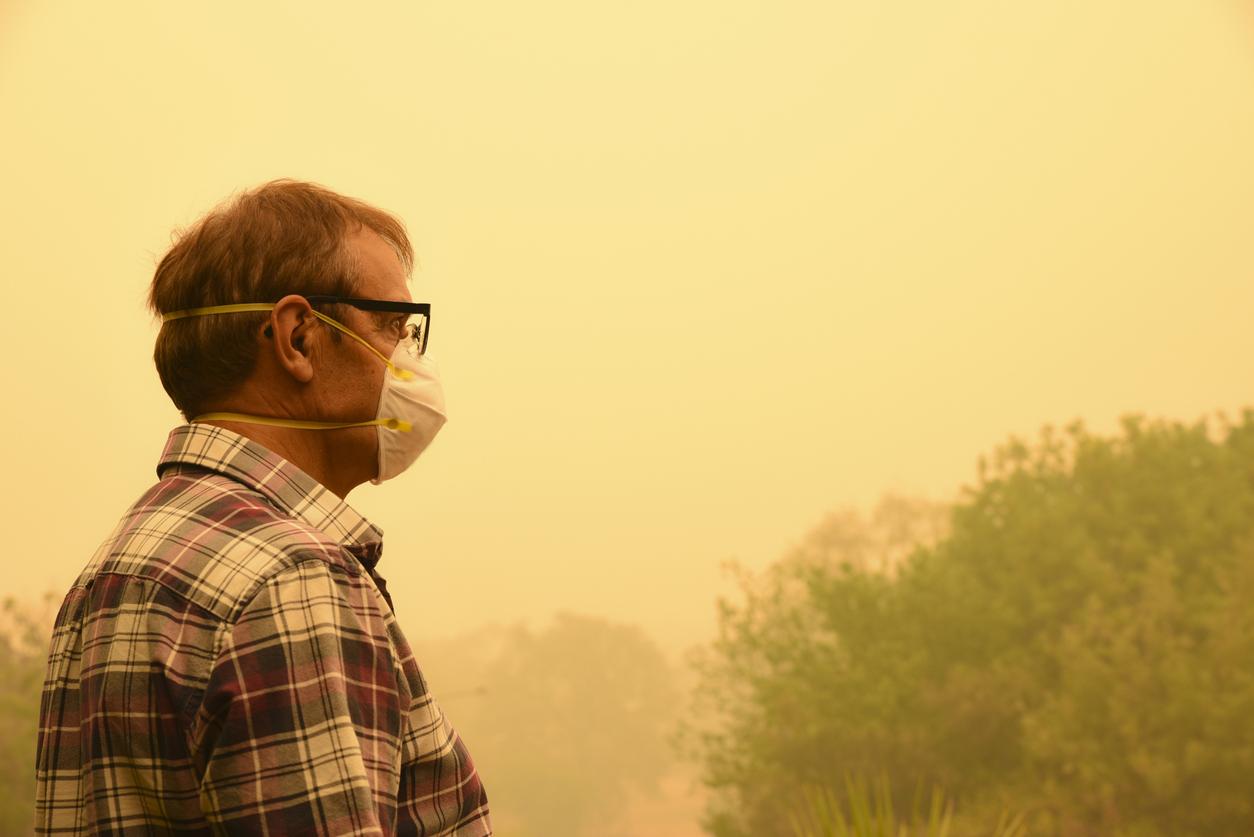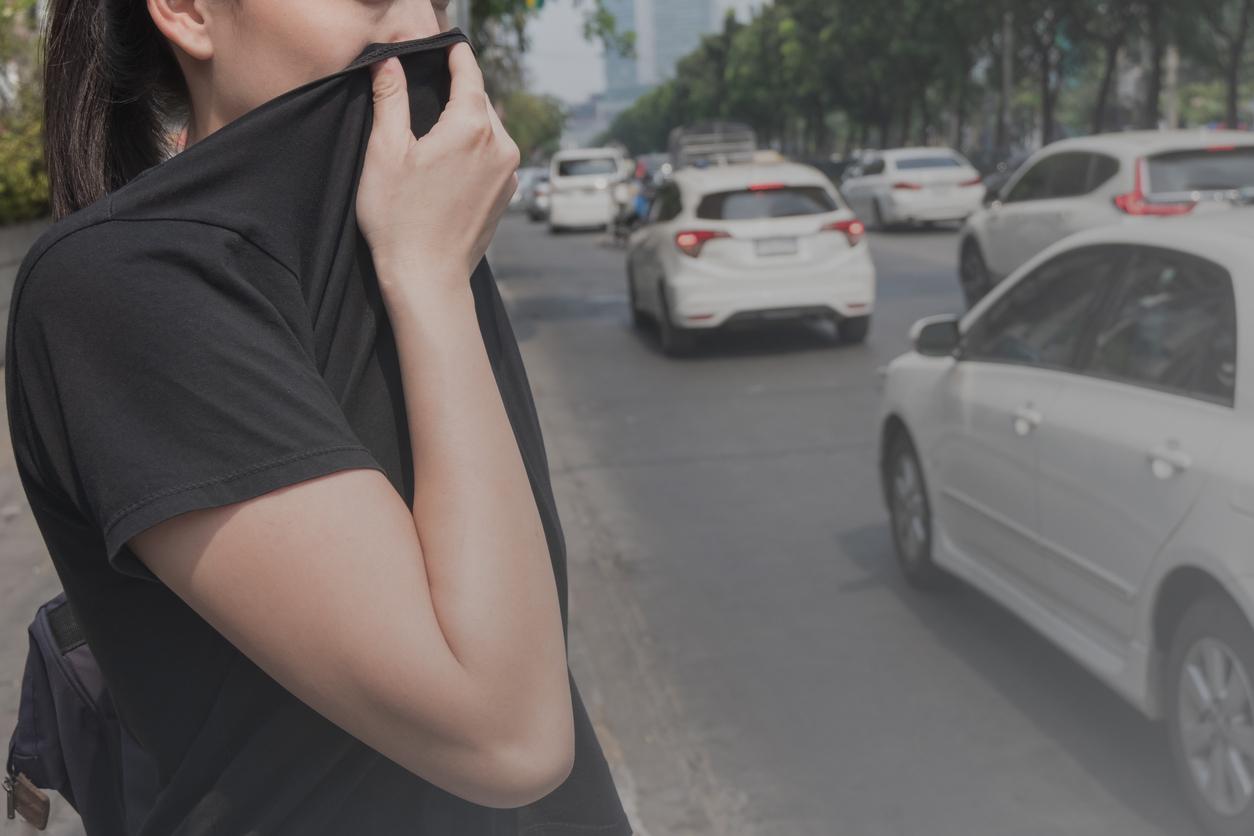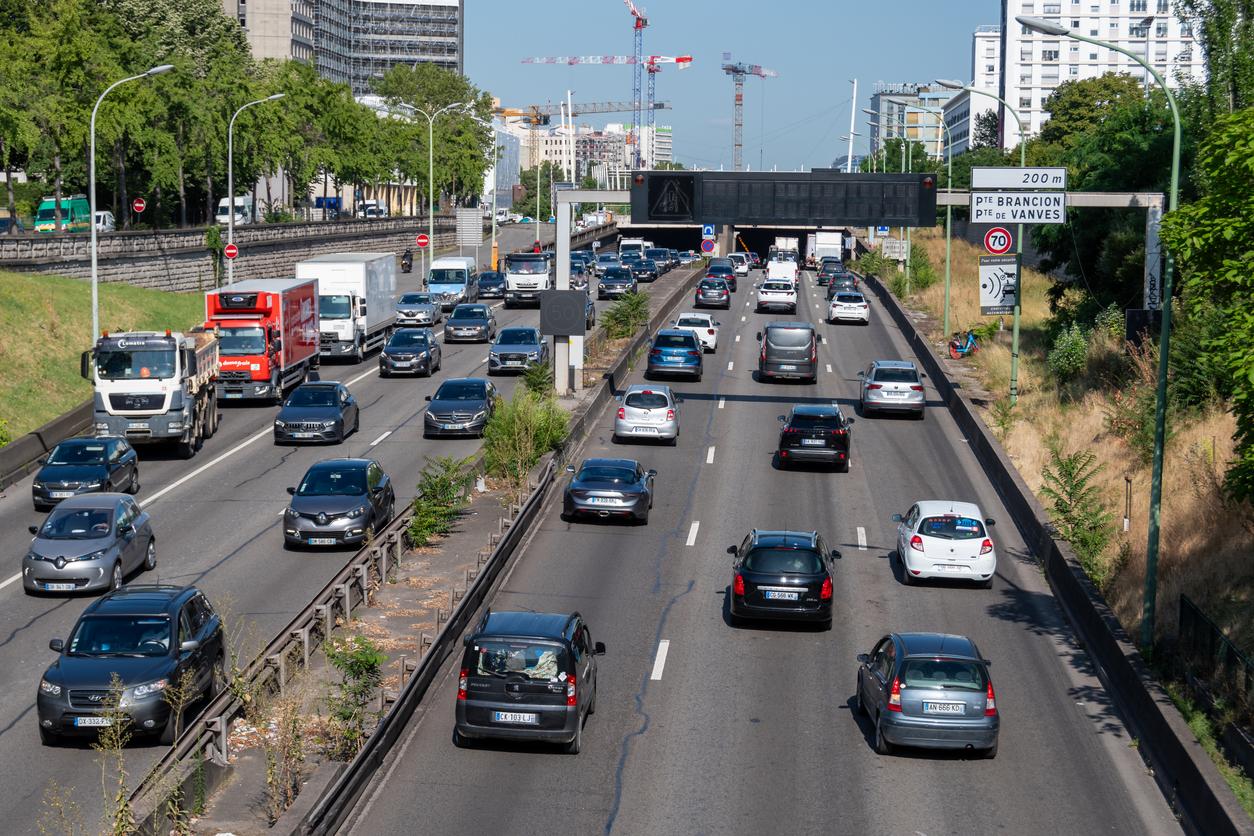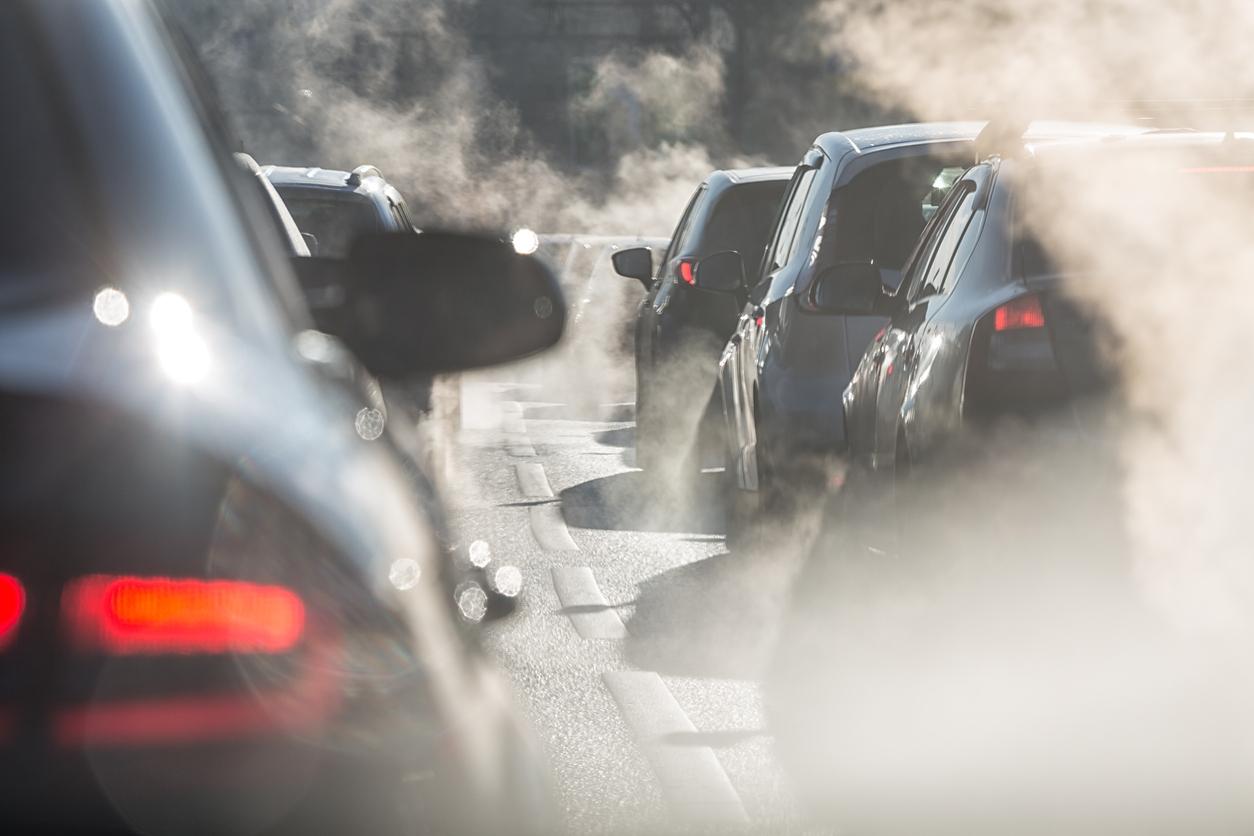The national episode of fine particle pollution continues. Faced with this situation, Professor Bruno Housset, pulmonologist, recalls that masks are ineffective.

For over a week, France has been coughing. The major episode of air pollution due to fine particles has started in Île-de-France. The situation observed in Paris and its suburbs is however not unique and concerns other cities. Six French regions are affected, as well as other European capitals (London, Berlin).
In a press release, Airparif explains that this phenomenon, which will last a few more days, is linked “to an accumulation of pollution in urban areas due to these very stable anticyclonic conditions” which flatten the pollution on the ground and limit its dispersion “like so many lids over metropolises ”.
Some of them have started to take drastic measures. Latest to date, Lyon and Villeurbanne who have implemented alternating traffic this Friday. But on an individual basis, how can citizens protect themselves? Masks, air purifiers … Professor Bruno Housset, head of the pneumology department, at Créteil hospital (Val-de-Marne) answers on the effectiveness of these devices.
Are anti-pollution masks effective?
Prof. Bruno Housset : No, very marginal. On gases, for example, they have no efficiency. The same applies to fine particles. Some anti-pollution masks only allow large particles to be filtered, and even more so, in the order of 15-20%.
Of course, there are masks with filters that have a higher filtering power. But they are also those with whom it is most difficult to breathe. In this case, you have to breathe against resistance. They are therefore very difficult to wear for a long time.
It’s simple, I never recommend anti-pollution masks to my patients. For people with respiratory diseases, they are even hardly tolerable. There are only in China where you can find more comfortable masks. It is those designed with an expiratory valve that improve tolerance. But even these are not 100% effective against fine particles.
What about air purifiers?
Prof. Bruno Housset : We don’t really know if they are effective. At the moment, we just have work done by Chinese researchers, a country where pollution is very important. This team placed an air cleaner in a student dormitory. Then, they measured the PM2.5 concentration. Conclusion, they found a halving of air particles.
Personally, I would especially like to know if these machines improve the health of asthma patients. Studies are absent on this subject. But beyond air cleaners, you also have mechanical ventilation systems in homes that help reduce humidity. Now, they are so efficient that they reduce exposure to pollutants. In Canada, a randomized study has shown that they reduce asthmatic diseases in children.
So what can you do to protect yourself from pollution?
Prof. Bruno Housset : Honestly, not much. Above all, you have to wait for the pollution peak to pass. And sick people should think carefully about taking their treatments. Other than that, I don’t have much to say.
While many European cities are affected by a peak in pollution, the European Union has just adopted new standards. After three years of discussions, the Commission, the Council and the Parliament finally agreed on the content of the new European directive on air quality.
This new legislative text sets national emission ceilings for the main pollutants generated by industry, transport, energy and agriculture. It provides for stricter emission thresholds. But above all, it extends the list of pollutants concerned to fine particles (PM 2.5), particularly emitted by diesel engines and very dangerous to health.
The tightening of anti-pollution measures should make it possible to reduce, by 2030, by just under half (49.6%) the health impact of air pollution compared to what it was in 2005. What is “far from sufficient” for the BEE as for the Climate Action Network (RAC) and France Nature Environnement (FNE). A disappointment all the greater since for many countries, the agreement increases the thresholds for ammonia emissions, a pollutant that comes to 93% from fertilizers as well as from the storage and spreading of slurry. used by agriculture.
.







